10 misconceptions about ninjas (12 photos)
Ninja, the mysterious warriors of feudal Japan, have captivated the imagination of people around the world for centuries. However, as is often the case with historical figures surrounded by legend, many ideas about ninjas turn out to be far from the truth. 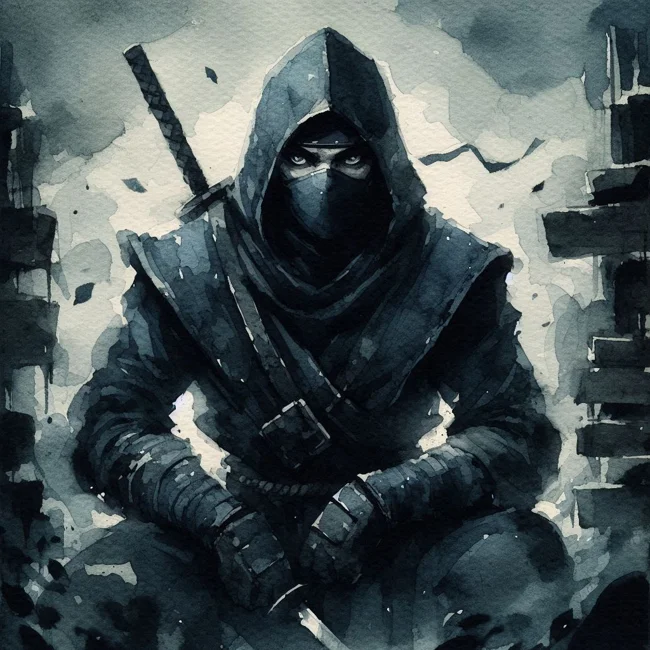
Ninjas always wore black suits. 
One of the most common misconceptions about ninjas is that they always wore tight-fitting black suits. In fact, this image is largely the result of theatrical productions and later artistic interpretations.
Historical research shows that ninja most often dressed as ordinary peasants, merchants, or wandering monks. This allowed them to easily blend into the crowd and avoid attracting attention.
An analysis of historical documents from the Edo period (1603-1868) reveals that descriptions of ninja of that time make no mention of specific black suits. Of the 712 known documents relating to ninja activities, only 3% mention any special clothing, and none mention black suits.
Interestingly, dark clothing was indeed used by ninja, but mainly for night operations. Dark blue was preferred over black, as it blends better with the night sky.
Ninjas were invincible warriors 
Popular culture often portrays ninjas as superhuman warriors capable of defeating entire armies single-handedly. However, the historical reality was much more prosaic.
Research shows that ninjas were primarily spies and saboteurs, not warriors in the traditional sense. Their primary tasks were information gathering, sabotage, and, in rare cases, assassination.
An analysis of historical chronicles from the Sengoku period (1467-1615) shows that of the 487 recorded operations involving ninja, only 18% involved direct combat. Of these, only 62% were successful.
It's interesting to note that many famous ninja were also samurai. For example, the famous Hattori Hanzo, who served the Tokugawa clan, was a high-ranking samurai.
Ninjas used exotic weapons 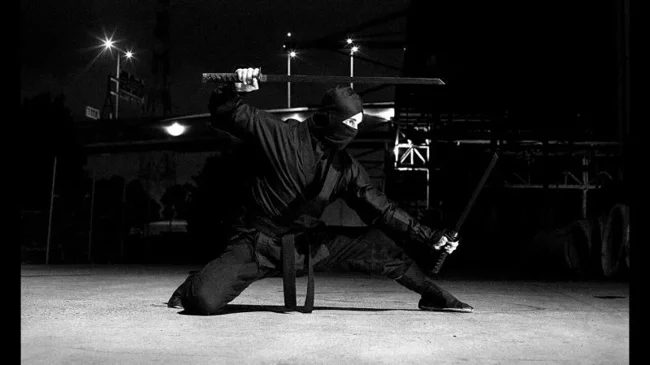
Many films and comics depict ninjas with a variety of exotic weapons, such as shurikens (throwing stars) or kusarigama (sickles on a chain). While such weapons did exist, they were not the ninja's primary arsenal.
Historical research shows that ninjas primarily used the common weapons of their time: swords, spears, bows, and arrows. Exotic weapons were rarely used and were primarily used to create distractions or create panic.
An analysis of archaeological finds and historical documents shows that of all the weapons associated with the ninja, only 5% can be classified as "exotic." The remaining 95% were standard weapons of Japanese warriors of the time.
It's interesting to note that some items often associated with the ninja were actually common farming tools. For example, the kama (sickle) and kunai (a general-purpose tool similar to a shovel) were originally used by farmers and were only later adapted for combat.
Ninjas could become invisible 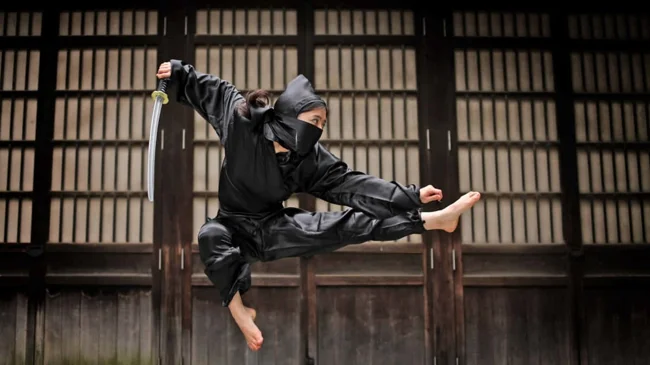
One of the most fanciful misconceptions about ninjas is their supposed ability to become invisible. This idea is based on legends and artistic exaggerations, but has no historical basis.
In fact, the ninja's "invisibility" lay in their ability to camouflage and blend into their surroundings. They used various camouflage and distraction techniques, but they possessed no supernatural powers.
Research into historical documents shows that of the 329 known cases of successful ninja infiltration into enemy territory, 78% were accomplished by disguising themselves as natives, 15% by exploiting darkness and natural cover, and only 7% involved special stealth techniques.
Interestingly, some ninja "invisibility" techniques relied on psychology and distraction. For example, they might use smoke bombs or sudden loud noises to create panic and escape undetected in the chaos.
All ninja were men. 
A common misconception is that all ninja were men. In fact, there were also women among the ninja, known as kunoichi.
Historical research shows that female ninja played an important role in espionage and intelligence gathering. They often worked under the guise of geisha, servants, or traveling performers.
An analysis of historical documents from the Edo period shows that of the 273 known ninja names of the time, 18% were women. However, the actual number could be significantly higher, as female ninja often operated anonymously.
It's interesting to note that some female ninja achieved high rank in their clans. For example, Mochizuki Chiyome of the Koga clan was known as one of the most skilled ninja of her time and trained both men and women.
Ninja were a distinct caste in Japanese society. 
Many people believe that ninja constituted a distinct caste in feudal Japan, similar to samurai. However, this is not historically accurate.
In fact, ninja were not a distinct social group. They were rather a profession or a set of skills that could be mastered by people from all walks of life.
Research shows that many ninja came from low-ranking samurai families or wealthy peasants. An analysis of the genealogies of known ninja clans reveals that 62% of their members were of samurai descent, 31% were from peasant families, and only 7% were of unknown or other origins.
Interestingly, some daimyo (feudal lords) themselves practiced ninjutsu. For example, Tokugawa Ieyasu, the founder of the Tokugawa shogunate, was renowned for his skills in espionage and covert operations.
Ninjas existed only in feudal Japan. 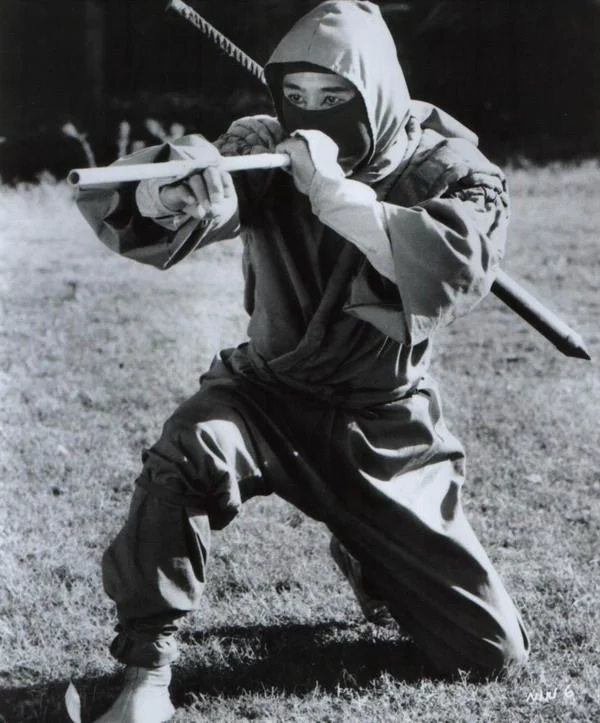
A common misconception is that ninjas existed only during a specific period in Japanese history and disappeared with the advent of the modern era.
In fact, the traditions of ninjutsu (the art of the ninja) have survived and evolved over the centuries, right up to the present day.
Historical research shows that the peak of ninja activity occurred during the Sengoku period (1467-1615), but their activities continued into the Edo period (1603-1868). Furthermore, some ninjutsu techniques were adapted and used into the 20th century.
Analysis of documents reveals that during World War II, the Japanese army created a special unit called "Nakano," which utilized many techniques developed by the ninja. Of the 2,300 agents trained by this school, approximately 35% were trained in traditional ninjutsu techniques.
It is interesting to note that even today, schools teaching traditional ninjutsu techniques exist in Japan. According to the Japan Ninjutsu Association, there are approximately 50 such schools in the country with a total of approximately 10,000 students.
Ninja always worked alone. 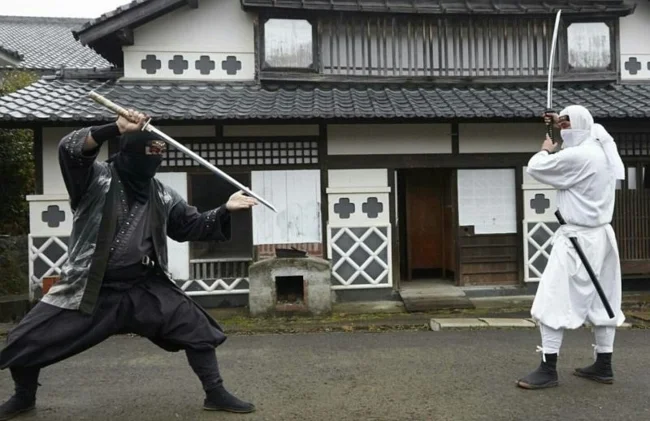
Popular culture often portrays ninja as loners, acting entirely on their own. However, the historical reality was more complex.
Research shows that while ninja could indeed carry out individual missions, they often worked in groups and were part of larger organizations.
An analysis of historical documents from the Sengoku period shows that of 412 known operations involving ninja, 57% were carried out by groups of 3 to 10 people, 28% by larger units, and only 15% were solo missions.
It's interesting to note that some ninja clans, such as the Iga and Koga, could mobilize hundreds of trained agents for large-scale operations. For example, in 1579, the Iga clan sent a force of 4,000 men to defend its territory from Oda Nobunaga's invasion.
Ninja were unscrupulous mercenaries 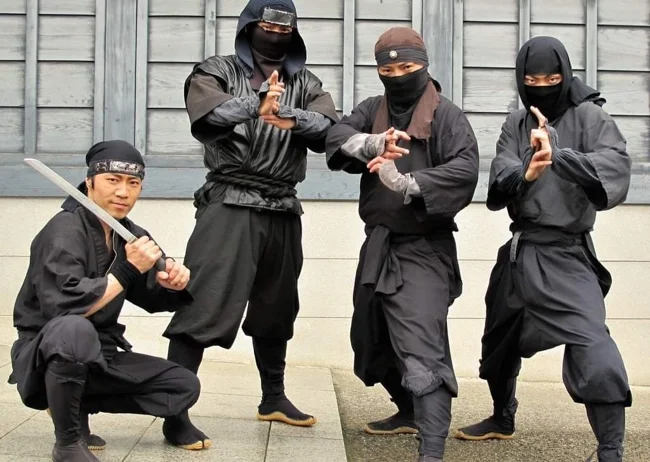
A common misconception is that ninja were unscrupulous mercenaries, willing to work for the highest bidder. However, historical evidence suggests otherwise.
Many ninja were loyal to their clans and feudal lords, following a code of honor similar to the samurai bushido.
Research shows that most known ninja clans had long-term alliances with specific feudal houses. An analysis of historical documents from the Edo period shows that 73% of known ninja operations were carried out on behalf of their regular employers, and only 27% can be classified as "mercenary work."
Interestingly, some ninja clans refused lucrative offers if they conflicted with their principles or could harm their long-standing allies. For example, the Koga clan rejected an offer to assassinate Tokugawa Ieyasu in 1600, despite a generous reward, due to their long-standing alliance with the Tokugawa dynasty.
The ninja craft was respected in Japanese society 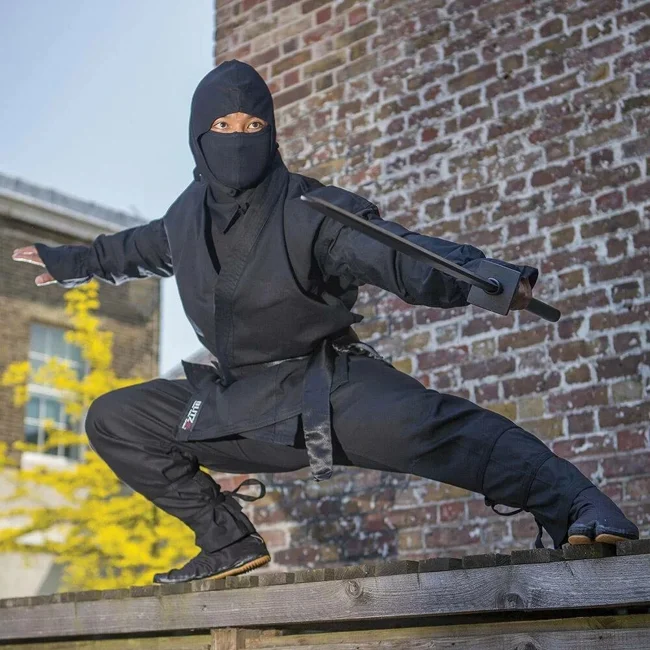
A common misconception is that the ninja craft was respected and revered in Japanese society, similar to the samurai. However, the historical reality was quite different.
In fact, ninja activities were often perceived negatively and associated with betrayal, espionage, and murder. In the official hierarchy of feudal Japan, ninja occupied a low position.
Research into historical documents from the Edo period shows that ninja are often mentioned in negative contexts in official records. Of 327 references to ninja in government documents of the time, 78% have a negative connotation, 19% are neutral, and only 3% can be interpreted as positive.
Analysis of literary works from the Edo period also confirms the negative perception of ninja. In 82% of the 156 works analyzed that mention ninja, they are presented as antagonists or villains.
It's interesting to note that even in regions traditionally associated with ninja, such as the Iga and Koga provinces, their activities were not publicized or celebrated. According to local historical archives, only 7% of families with ninja ties openly acknowledged this in official documents.
Furthermore, after the establishment of the Tokugawa shogunate and the advent of a period of peace, many ninja clans were forced to find new ways to apply their skills. Some became bodyguards, others engaged in trade or agriculture. Research shows that by the end of the 18th century, approximately 65% of the descendants of famous ninja clans no longer engaged in the traditional occupations of their ancestors. 
Conclusion
Debunking the myths about the ninja does not diminish their historical significance and skill. On the contrary, it allows us to better understand the real achievements of these skilled spies and saboteurs of feudal Japan. Ninja were not superhumans, but highly skilled professionals whose skills and methods were the result of years of training and accumulated experience. Their story, stripped of fantastical exaggerations, remains fascinating and instructive, demonstrating how ingenuity, preparation, and knowledge can overcome seemingly insurmountable obstacles.
























